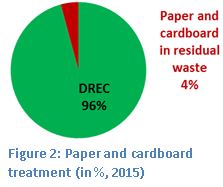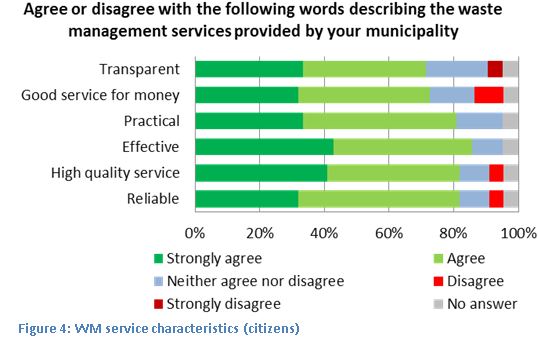
Members
Kempten, Oberallgäu and Lindau, Germany
Click to see more about:
- National and Regional System
- Waste Collection Scheme
- Information and Communication
- Evolution Paper & Cardboard Waste collected
- Paper and Cardboard Waste Treatment
- Costs and Revenues, Resources
- Stakeholder Satisfaction
- Main Problems/Challenges
Save
Save
Save
Save
Save
Save
Save
MAIN PROBLEMS/CHALLENGES |
|||
|---|---|---|---|
 |
|||
More information:
Andreas Faul
PROPAKMA
andreas.faul@propakma.com
+49 (0)7142-37522-22
Harald Hiltensberger
DORR
harald.hiltensberger@dorr.de
Karl-Heinz Lumer
ZAK
karl-heinz.lumer@zak-kempten.de
daniel.garciajimenez@cadiz.es
+34 956 205001
1 Relevant legislation: National Waste Management Act: Kreislaufwirtschaftsgesetz, KrWG, and Bavarian Waste Management Act: Bayerisches Abfallwirtschaftsgesetz, BayAbfG.
2 Paper and cardboard in municipal waste (kg/inh/y) is based on estimation.
Save
Save
Save
Save
Save
Save
Save
Save
Save
Save
Save
Save
Save
Save
Save
Save
Save
Save
Save
Save
Save
Save
Save
Save
Save
Save
Save
Save
Save
Save




 Paper and cardboard that is collected for recycling is all delivered for recycling to paper mills via local transfer stations. The quality of separately collected paper and cardboard in this territory is very good. The contamination is at 0.5 % of non-paper components and at 2,5 – 4,5% of unwanted papers for graphic paper (grade 1.11.00) when entering the paper mill (after first sorting at the transfer station). The moisture content is 8,5% on average. Packaging paper and mixed PfR has a contamination of 2,0 – 3,0% non-paper components when entering the sorting plant.
Paper and cardboard that is collected for recycling is all delivered for recycling to paper mills via local transfer stations. The quality of separately collected paper and cardboard in this territory is very good. The contamination is at 0.5 % of non-paper components and at 2,5 – 4,5% of unwanted papers for graphic paper (grade 1.11.00) when entering the paper mill (after first sorting at the transfer station). The moisture content is 8,5% on average. Packaging paper and mixed PfR has a contamination of 2,0 – 3,0% non-paper components when entering the sorting plant. 
